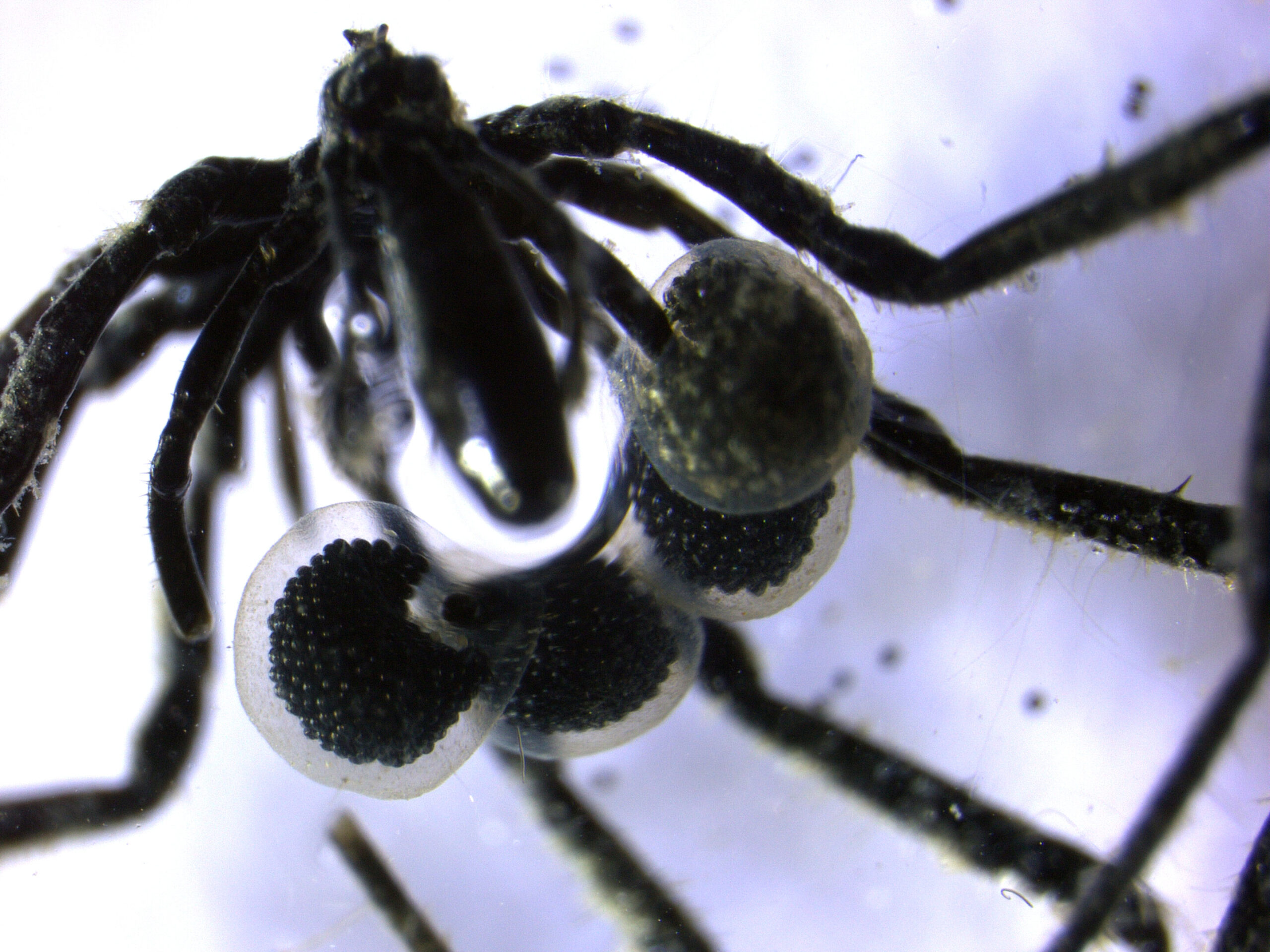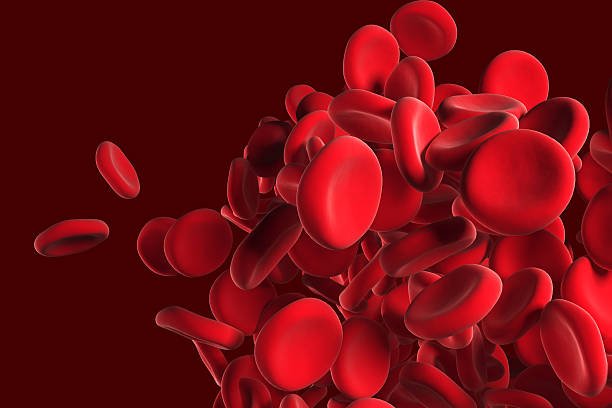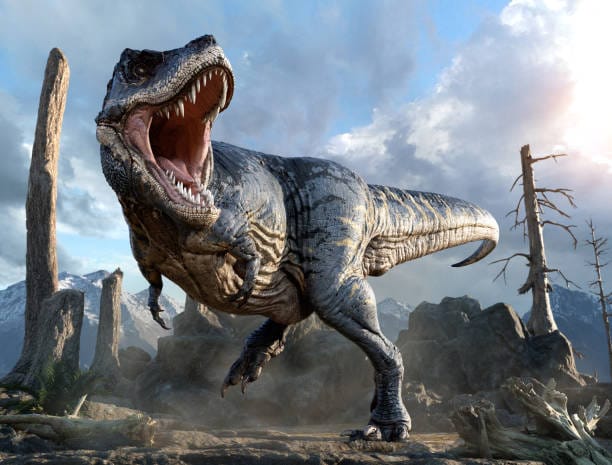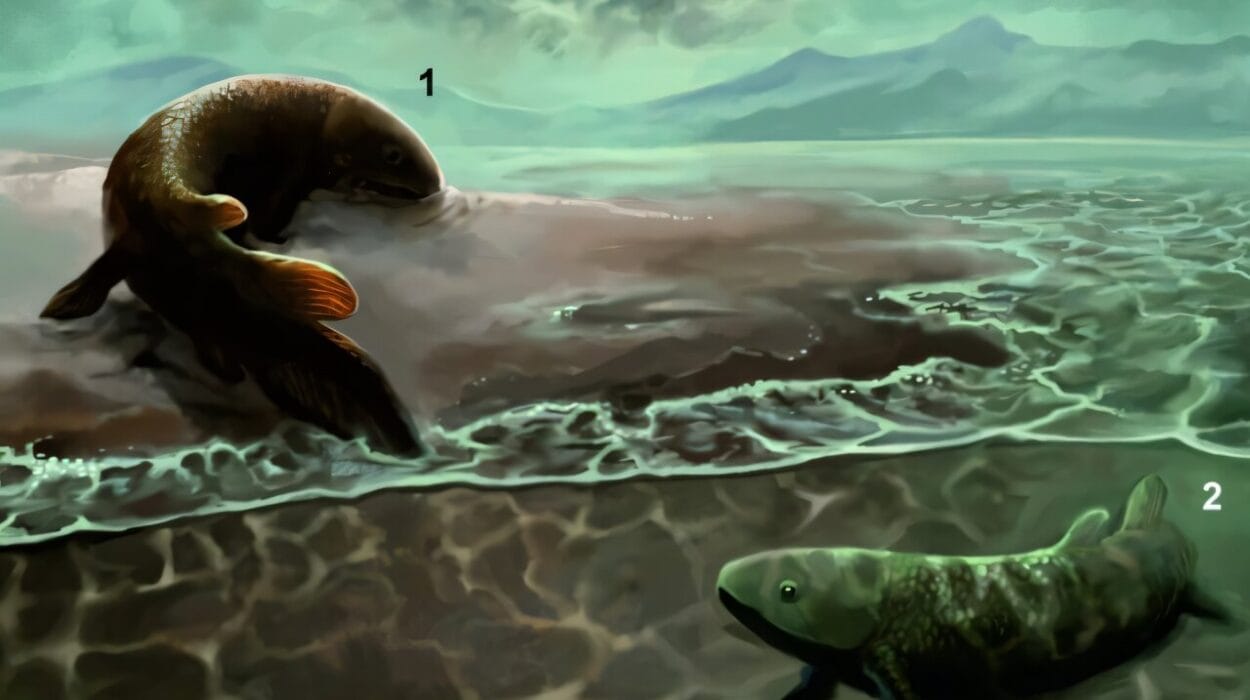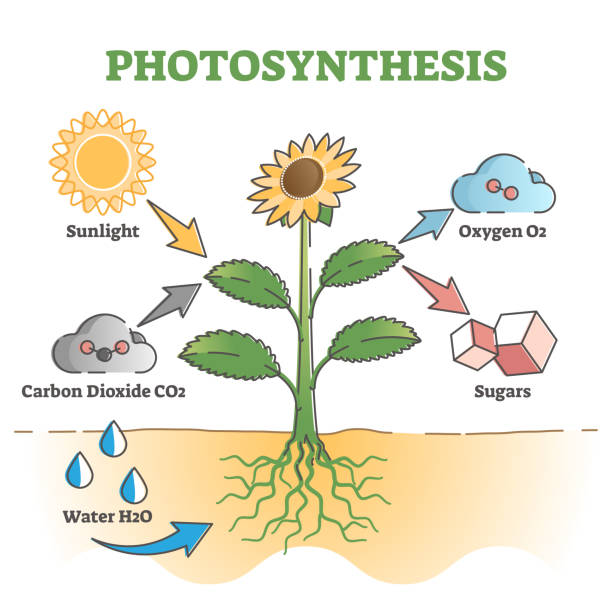In the pitch-black depths of the Pacific Ocean, where sunlight never penetrates and pressure crushes with relentless force, strange things flourish. Here, among cold seeps where methane gas silently bubbles from the Earth’s crust, scientists have uncovered a haunting and remarkable form of life: sea spiders that farm bacteria for food—not just any bacteria, but those that feed on methane, a hydrocarbon gas usually burned in stoves, not served on the menu.
A study led by researchers at Occidental College, recently published in the Proceedings of the National Academy of Sciences, has revealed a newly described, mind-bending relationship between three never-before-seen species of Sericosura sea spiders and the methane-oxidizing microbes that grow across their bodies. The spiders, it turns out, are microbial farmers, cultivating a living carpet of bacteria on their exoskeletons—then scraping it off and consuming it in a silent underwater harvest.
This isn’t just another curious symbiosis—it’s a discovery that redefines how we understand life in one of the planet’s most extreme environments.
The Mystery of the Missing Meal
It began, as so many good stories do, with a puzzle.
For years, marine biologists diving to methane seeps off the coasts of California and Alaska kept encountering an odd abundance of Sericosura sea spiders. These deep-sea relatives of more familiar arachnids were especially dense in areas rich with chemosynthetic life—communities built not on sunlight, but on chemical energy, where mussels, clams, and worms rely on bacterial symbionts to survive.
But sea spiders are predators—or so scientists thought. They had no known filter-feeding adaptations, no prey visible in their surroundings, and their stomachs told a peculiar story: they were empty of anything resembling conventional food.
Something didn’t add up.
“These spiders were everywhere, but we couldn’t figure out what they were eating,” said Dr. Shana Goffredi, lead author of the study and a biologist at Occidental College. “It was like a mystery hiding in plain sight.”
A Closer Look Reveals a Living Skin
To solve the riddle, Goffredi and her team launched a set of expeditions to methane seep sites along North America’s Pacific margin—from Del Mar and Palos Verdes off Southern California to Sanak Canyon in Alaska. Using remotely operated vehicles (ROVs) and even deep-diving human-piloted subs like Alvin, the team collected 36 sea spider specimens—and found something extraordinary under the microscope.
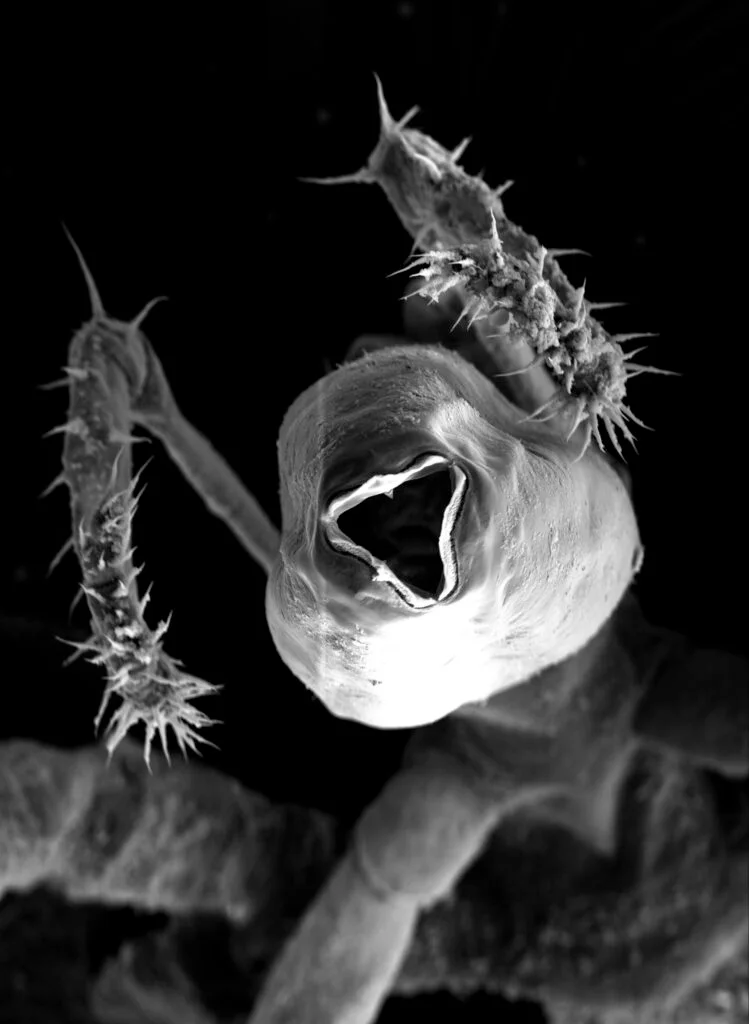
Coating the exoskeletons of these spiders were dense mats of bacteria, glistening and structured, embedded in a sticky layer of extracellular polymeric substances, like organic glue. When viewed under electron microscopes, the colonies resembled tiny volcanoes—conical structures bursting from the spider’s chitin shell.
These weren’t just incidental hitchhikers. The microbes belonged to specific families of methane- and methanol-metabolizing bacteria: Methylomonadaceae (methanotrophs), and Methylophagaceae and Methylophilaceae (methylotrophs). All were bacteria known to feed on chemical energy, not sunlight—perfect candidates for life at methane seeps.
What made this discovery even more astonishing was the organization of the microbial landscape. These bacteria didn’t grow randomly. They formed stable, structured colonies, anchored across the spider’s body, and even on the egg sacs carried by males—suggesting that this was more than just surface-level slime. It was a vertically transmitted, potentially inherited, microbial farm.
The Spider’s Secret Harvest
To determine whether the sea spiders were truly eating their onboard microbiota, the researchers designed a daring experiment—one that involved feeding the spiders radioactive methane.
Aboard their research vessels, live Sericosura spiders were incubated in seawater enriched with 13C-labeled methane and methanol. This “heavy carbon” isotope is extremely rare in nature. Any trace of it appearing inside the spider’s tissue would offer irrefutable proof of carbon assimilation from these compounds.
After five days, the results were in.
The spiders’ gut linings, not their outer shells, were glowing with 13C. Even more telling, the sticky EPS layer housing the bacteria was also labeled—showing that the methane-fed microbes were absorbing the carbon first, then being scraped off and eaten by the spiders. The chitin exoskeleton itself remained untouched by the isotope, ruling out passive absorption.
The verdict was clear: the spiders were farming these microbes, growing them on their skin and grazing upon them much like a terrestrial farmer might tend to and harvest a field of crops.
Microbial Cultivation in the Dark
The discovery echoes the well-known behavior of yeti crabs, which cultivate sulfur-loving bacteria on their hairy claws and feed on them. But sea spiders are far more ancient and enigmatic. Their flat, spindly bodies and slow, ghost-like movements are adapted to the crushing depths, and until now, their life strategies were almost completely opaque.
“This is the first time we’ve seen a sea spider engaged in farming behavior like this,” said Goffredi. “They’re essentially wearing their food on their sleeves.”
And that food is chemical gold. In a world without light, where photosynthesis is impossible, chemosynthesis becomes the engine of life. Methane seeps act as underwater gas vents, spewing energy-rich molecules that specialized microbes can transform into biomass—building life from the bowels of the Earth.
Mussels, tubeworms, and now sea spiders live off this microbial alchemy. It’s a biological economy built on gas, not grass.
Symbiosis or Something More?
The relationship between Sericosura and its microbes is more than simple symbiosis. It suggests a form of domestication, where the spider’s body becomes the habitat, fertilizer, and harvest field for microbial tenants.
Even more intriguing is the evidence that male spiders pass these microbial communities to their offspring, via egg sacs coated in the same bacteria. This suggests the farming strategy is not just opportunistic but heritable, possibly embedded in the spider’s evolutionary history.
“This level of integration implies a long co-evolutionary relationship,” said co-author Dr. Greg Rouse of Scripps Institution of Oceanography. “These microbes aren’t just along for the ride—they are essential partners.”
Farming Without Eyes, Roots, or Sunlight
Farming is typically considered a behavior of humans or, at best, ants and termites. But this discovery shows that farming is an ecological strategy—one that can evolve in vastly different forms across the tree of life.
In the case of Sericosura, there are no plows, no fields, no green stalks waving in the wind. Just thin-legged arachnids, gliding over methane vents, tending invisible orchards on their backs, feeding on bacteria that eat gas from the Earth’s crust.
It’s alien and oddly beautiful—a vision of life entirely untethered from the Sun.
A New Chapter in Deep-Sea Ecology
This revelation joins a growing list of discoveries showing how life thrives in the most unlikely places, driven not by warmth and light, but by chemistry, cooperation, and evolution’s ingenuity.
The findings also carry implications for astrobiology. If life can emerge and sustain itself on methane at the bottom of Earth’s oceans, might similar systems exist in the subsurface oceans of Europa or Enceladus, the methane-rich moons of Jupiter and Saturn?
And back on Earth, the story of the sea spider expands our understanding of how symbiosis shapes ecosystems, especially in places where conventional food chains break down.
The deep sea is no longer just a mystery—it is a frontier of discovery. A place where spiders don’t spin webs, but instead wear their crops, harvest them with claw-like jaws, and drift across the ocean floor sustained not by flesh, but by gas and microbial magic.
In the words of Dr. Goffredi: “It reminds us that life is far more creative and adaptable than we’ve ever imagined. Even in the darkest places, life finds a way.”
Reference: Bianca Dal Bó et al, Methane-powered sea spiders: Diverse, epibiotic methanotrophs serve as a source of nutrition for deep-sea methane seep Sericosura, Proceedings of the National Academy of Sciences (2025). DOI: 10.1073/pnas.2501422122
